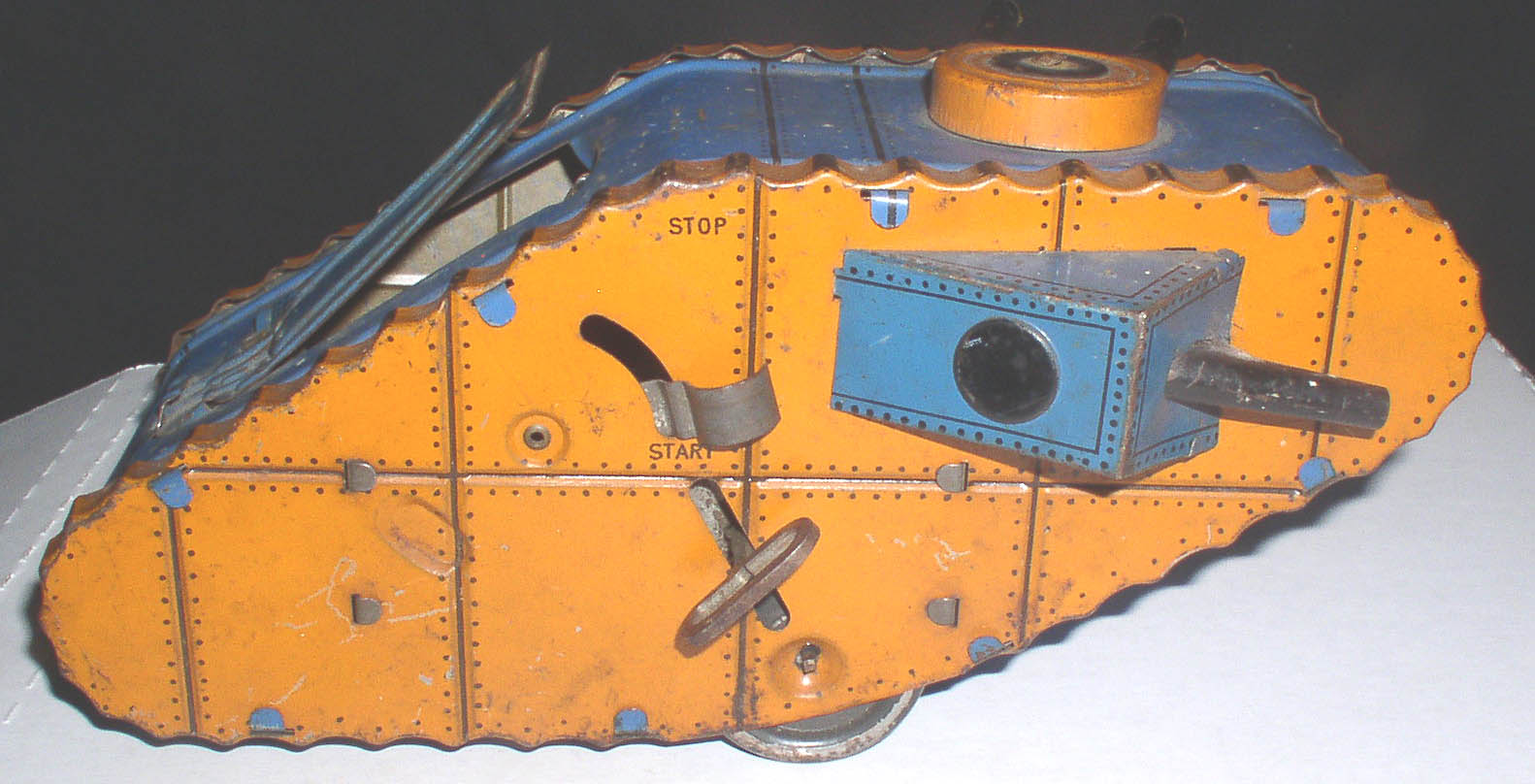The stabilized gun was a benefit, although far from the systems we have today. The Germans didn't work on stabilized guns until very late in the war. However they often did make a practice of firing cannon and mgs on the move during attacks. To ensure hits, they had to stop, but the often fired on the mover for suppressive fire.
And while they didn't manage a real stabilized gun, they did manage a sort of stabilized gun, buy stabilizing the entire tank. Look at film of a Panther or Tiger, moving at speed over rough ground, the flex of the suspension "floats" the hull of the tank much more effectively than many other designs. So, while not quite as good as a truly stabilized gun system, they were better able to accurately fire on the move than many other unstablized gun tanks.
As an interesting, and somewhat ironic twist, when on the rare occasions when US armor met Japanese armor, our gunners found that AP often didn't knock out the light Japanese tanks. Made to deal with the Panzers, even our 75mm AP often just punched through both sides of the Japanese armor, and sailed off into the distance. Kind of like an FMJ bullet. Our guys quickly switched to HE which, while not up to taking out a heavy panzer, would bust the Japanese light armor open.


